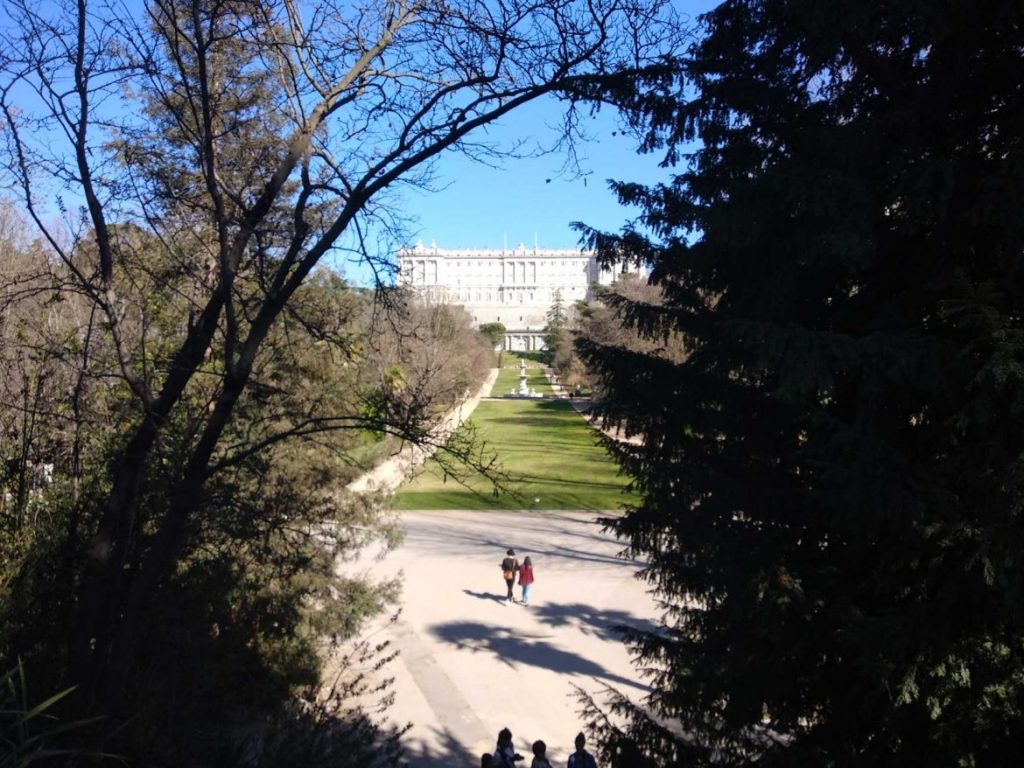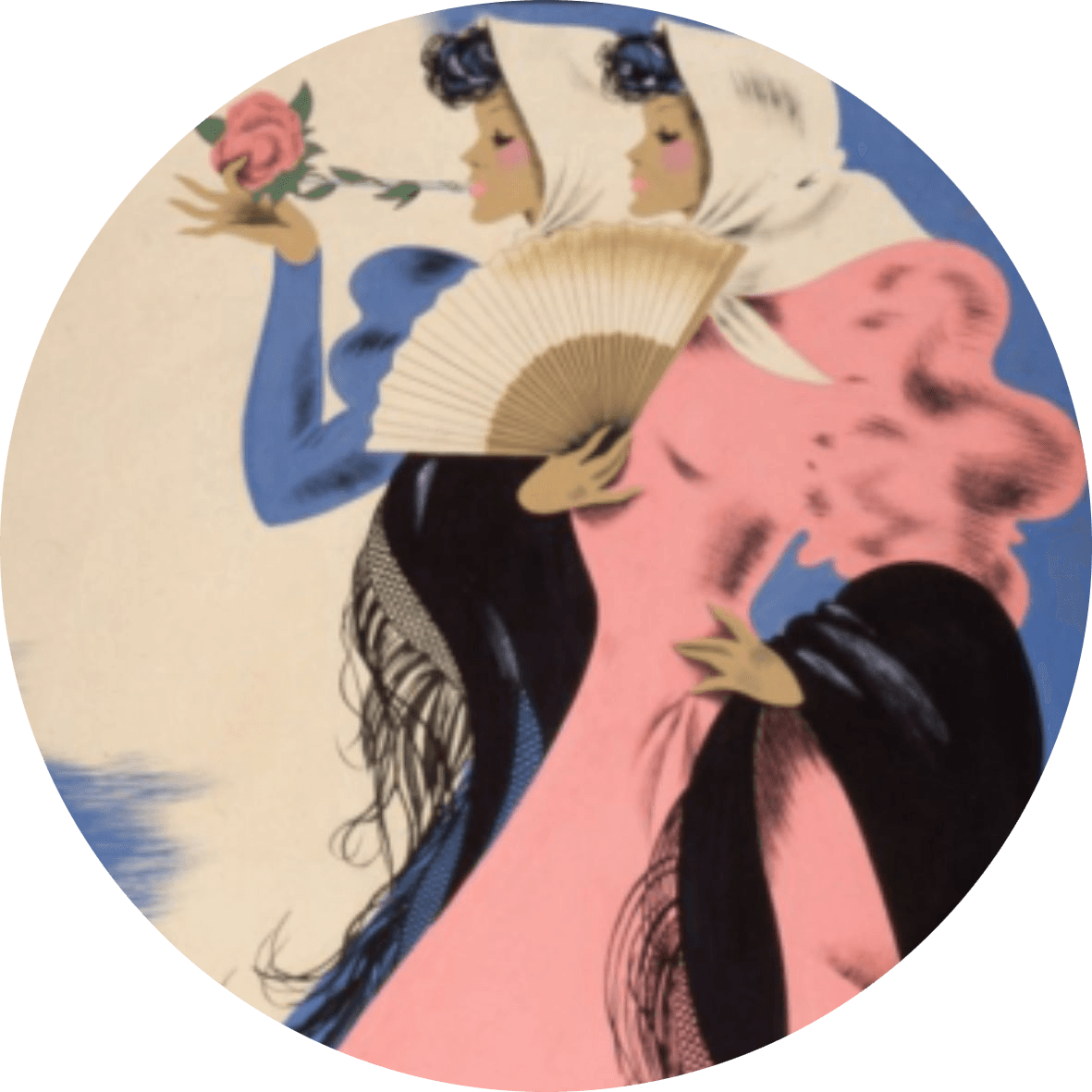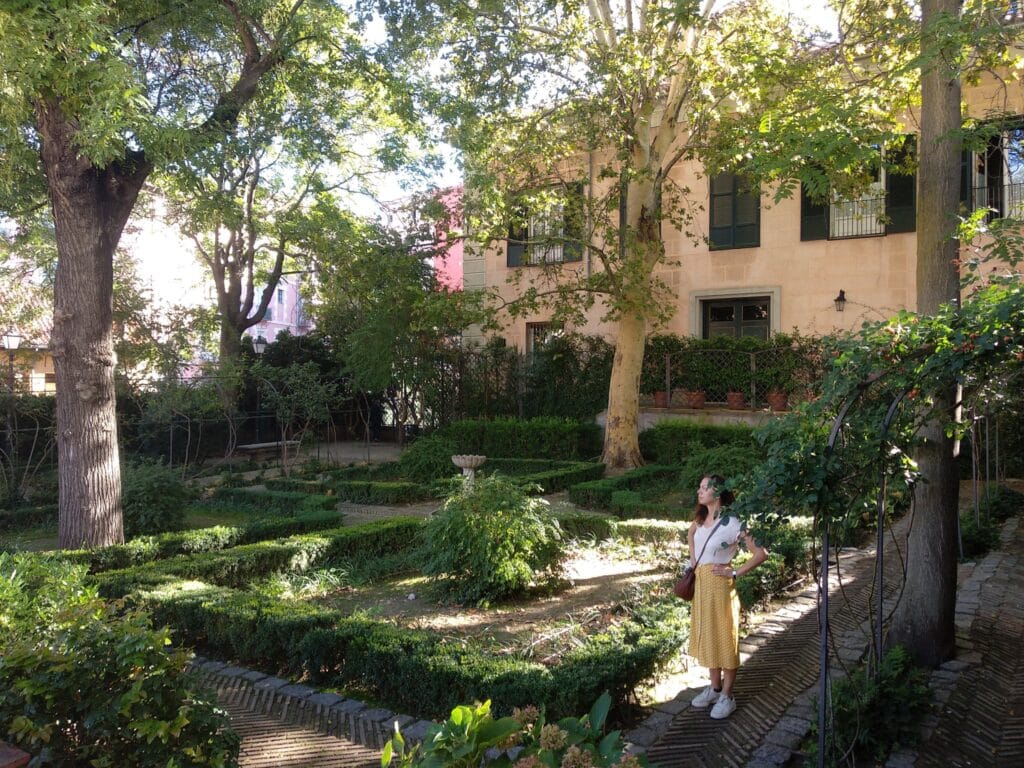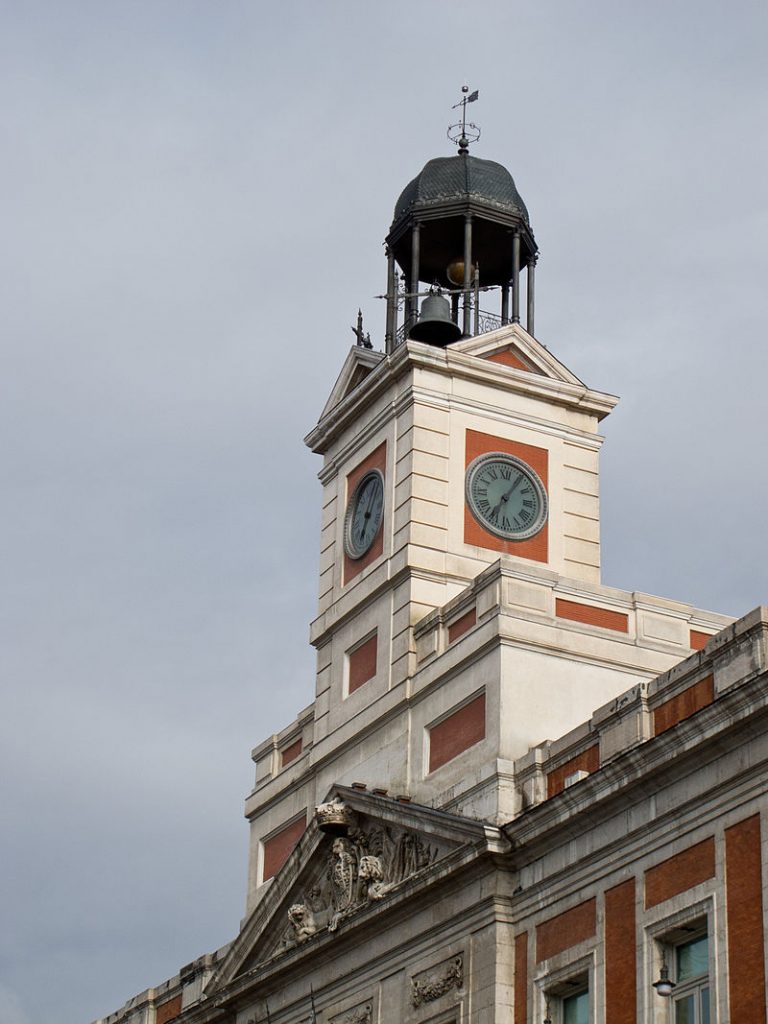The traditional Spanish garden with its gravel pathways and rigid lines of dusty hedges initially struck me as rather austere when I first moved here. That’s probably because I was used to the vibrant green abundance of English gardens, with their chaotic profusion of blossoms and wide velvety lawns. Now, having lived more than six years in Spain, I’ve grown to adore spending a quiet moment under the flickering shade of a fig or orange tree, listening to water gurgling in a fountain, while breathing in the aromatic scent of Mediterranean plants. With spring underway early this year, I thought I’d take this opportunity to look at the evolution of the Spanish garden and introduce a few of my favourite historical gardens within Madrid.
The Romans and the Arabs
The earliest landscaped gardens in Spain were built by the Romans. Often inside spacious courtyards, bordered by colonnades that not only provided shade for vegetation, but also cool air for the surrounding house in summer. This simple idea for natural air conditioning proved so effective that variations on this style of architecture continue to be popular, with many buildings containing an inner courtyard or bare central well that remains shady throughout the day.

Neat rows of trimmed hedges that could survive the harsh summers, were another element introduced in Roman times. These were typically built around water features, that became ever more complex when the Moors arrived in Spain bringing with them impressive engineering skills that summoned forth dancing fountains, technology that the invading Christians were unable to replicate.
Foliage
As mentioned earlier, the Romans introduced hedges, while the Arabs were responsible for adding aromatic plants, such as jasmine and lavender, to the mix. Orange and lemon trees were also encouraged in Arabic times, though sadly the former do not seem to thrive in Madrid’s climate, a pity because orange blossom is one of my favourite scents! In the 16th century many species were introduced from overseas. Phillip II introduced English oaks, while other varietals, such as the ahuehuete tree, arrived from the Americas.
Changing trends

The 16th century saw a renaissance influence come into effect with Italian fountains and fantastical topiary introduced into the gardens of the aristocracy. Since then fads and fashions in gardening have waxed and waned, with some of the country’s wealthiest people at one time spending fortunes on irrigating English style gardens complete with green water-guzzling lawns for themselves. Now grass is less of a luxury and lawns can be seen all over the city, lawns which, despite the sprinklers running each night, get increasingly dusty as the summer bakes the grass dry. The traditional Spanish garden by contrast, with its hardier foliage, remains green throughout the summer. Here are a few to enjoy within the city:
Historical gardens in Madrid
Lope de Vega’s garden

Located round the back of the Casa de Lope de Vega Museum, this is one of the oldest gardens in the city. In the 17th century, the house was located outside the city walls in a verdant area that is still known as Huertas; a name that means kitchen garden in Spanish. Lope de Vega affectionately called his own little garden his huertecillo because artichokes, asparagus and herbs for his kitchen all flourished here. It’s said that the famous playwright loved to recharge his batteries here after a long day working at his desk.
Though you need to book yourself in for a tour to see the house, visitors are free to wander into the garden from the street.
Joaquín Sorolla’s garden

The famous impressionist Joaquín Sorolla adored the intimate spaces of the Arabic-style gardens surrounding the Alcázar and Alhambra in Granada, so when it came to designing his own gardens, he took his inspiration from these. The gardens are notable not only for their beautiful tiles and bubbling fountains, but also for their gorgeous colours that reflected the palate of the painter himself.

While you have to pay to enter the Museo de Sorolla, anyone can wander into these gardens and spend a quiet contemplative moment here.
Jardín del Principe de Anglona

While this garden was remodelled in 1920, it was done so in keeping with the style of the original version, retaining brick paths that were laid back in the mid-1700s. Again, an Andalusian and Roman influence can be seen in its fountains and low hedges, while a rose trellis betrays a classical influence. A lovely shady spot open to visitors wandering in off the street, the garden contains fig, almond, pomegranate and strawberry trees. It’s located at the bottom-most end of Plaza de la Paja.

If you are venturing into Madrid and would like to know a little bit about the history of the city, how about booking yourself in for a unique walking tour with me, the writer of The Making of Madrid?





